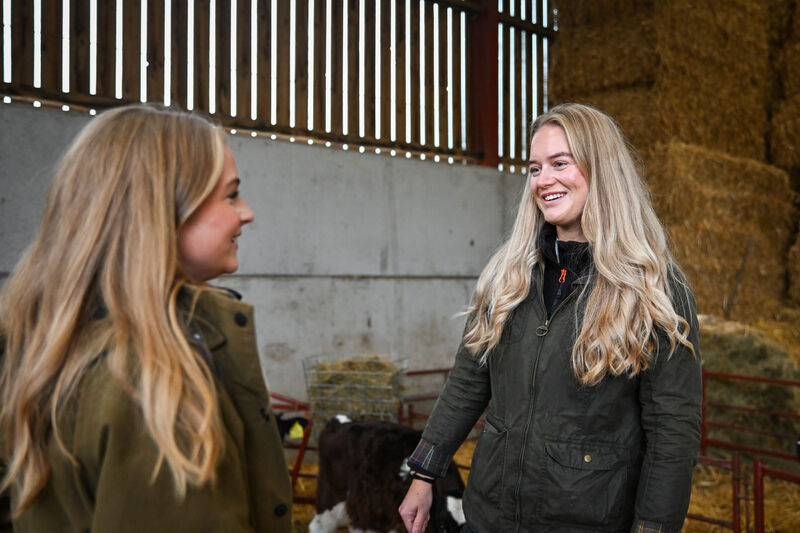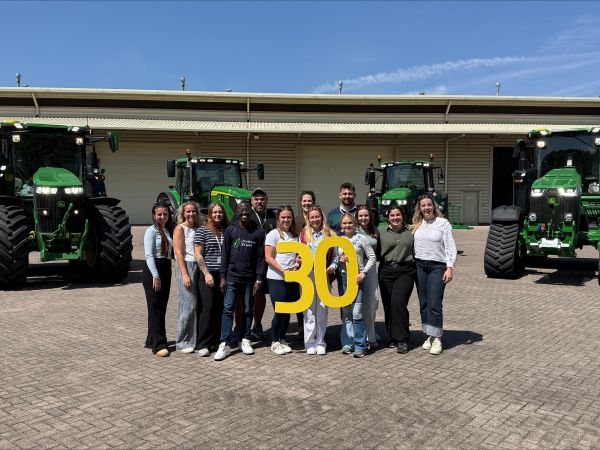
PR Strategies: Social media versus books
In the last 10 years, PR tactics have massively changed due to the explosion of social media.
With 45 million active social media users in the UK, businesses rarely miss tapping into this valuable resource. They combine it with traditional PR strategies to reach a much wider audience. However, social media brings both positives and negatives.
As the Agri-Food Comms Cast returns for season four, Catherine kicks off the latest podcast chatting with Anna Jones and Emily Davies. They discuss engaging audiences in the agricultural sector through different platforms. The episode focuses on the power of social media versus longer form communication strategies, such as books, for addressing challenges in agriculture and rural sectors.

Delving into stories with books
Inspired by her rural upbringing in the Welsh borders and her years spent in cities, Anna Jones wrote 'Divide: The Relationship Crisis Between Town and Country'. The book explores relationships between urban and rural communities, highlighting their differences in politics, culture and family dynamics. Anna emphasises the importance of working together to understand issues important to both sides of the urban-rural divide.
The agricultural sector faces current issues and polarised attitudes towards food and farming. Engaging consumers and urban residents is crucial for bringing about beneficial changes for everyone in society.
Through her book, Anna hopes to help people in cities and the countryside identify commonalities and better understand each other.
Communicating messages through longer form tactics, such as books or articles, allows writers to delve deeply into subjects. PR professionals often wish for more wordcount or interview time to add more layers to the stories.
Books provide the space to create deeper and more engaging narratives. As Anna observed, whether using 280 characters for a tweet or a hundred thousand for an article, it never feels enough for what could be said.

Engaging audiences on social media
Anna's book 'Divide' tackles complex topics that social media can only skim over due to its fast-paced nature.
Emily Davies explains that social media excels at breaking information into bite-sized, easily consumable snippets, helping stories or products go viral.
In the last year, campaigns like the Weetabix and Heinz collaboration, have shown the power of social media. This fun and engaging campaign ignited massive engagement on Twitter.
The first post has been retweeted over 37,000 times, quoted 68,800 times and received 131,000 likes. Brand awareness for Weetabix increased by 40% compared to the previous year.
Social campaigns in the agricultural sector often tackle more serious subjects than campaigns like Weetabix's. However, this doesn't mean they can't be just as engaging or successful. Each year our social feeds fill with support for the Farmers Guardian #Farm24 campaign, showcasing the dedication of British farmers and their crucial role in food production.
In 2021, the #Farm24 campaign achieved the number one trending spot on Twitter. Around 4,500 people, including celebrities like Sara Cox, Tom Kerridge and even Boris Johnson, shared messages of support.
These campaigns highlight that the secret to a successful social campaign lies in generating a wealth of engagement, which combined, could fill a book!
Reaching wider audiences
These viral campaigns reached a wide range of audiences, promoting their messages far beyond traditional media like print or broadcast.
At Pinstone, we witnessed the reach of social media first-hand. In 2021, Pinstone managed social media channels achieved 9.5 million combined total impressions, much higher than the industry average. This demonstrates the full potential of social media when used correctly.
With the help of social media, Anna hopes to get 'Divide' in front of a much broader audience. This could open up the conversation on the urban-rural divide, benefitting everyone.

Accountability on social media
Unlike books or long form articles, social media often lacks accountability. Users can present any opinion as 'fact'.
We've all seen influencers promoting products on social media, claiming they are good for health or the environment. But do we ever get the full story?
Social media often lacks unbiased fact checking, allowing many products or messages to gain prominence without scrutiny.
This is a significant issues in agriculture. We regularly deal with campaigns that bash the dairy, often without any evidence to support their claims.
Algorithms on social media can create 'echo chambers', where the content you engage with becomes the only of content you see. This can bolster confidence withing these 'chambers' making users less open to balanced or differing viewpoints.
Watching the Netflix documentary 'The Social Dilemma' reveals the full extent of this issue and how quickly algorithms can influence the information you consume and your opinions.
As Catherine points out in the podcast, social media supports controversy and opinions that break through the noise.
Being aware of how social media operates is crucial. If users approach social media with the same consideration as they do everyday life and are guided by integrity, the positives of social media can outweigh its negatives and pitfalls.
More recent insights

Keeping content fresh – how to re-invent agricultural PR content year on year

The four best ways for supply chain businesses to communicate with young farmers

Cultivating journalism skills at John Deere with the Guild of Agricultural Journalists

Sign up to our newsletter
Keep your finger on the pulse.